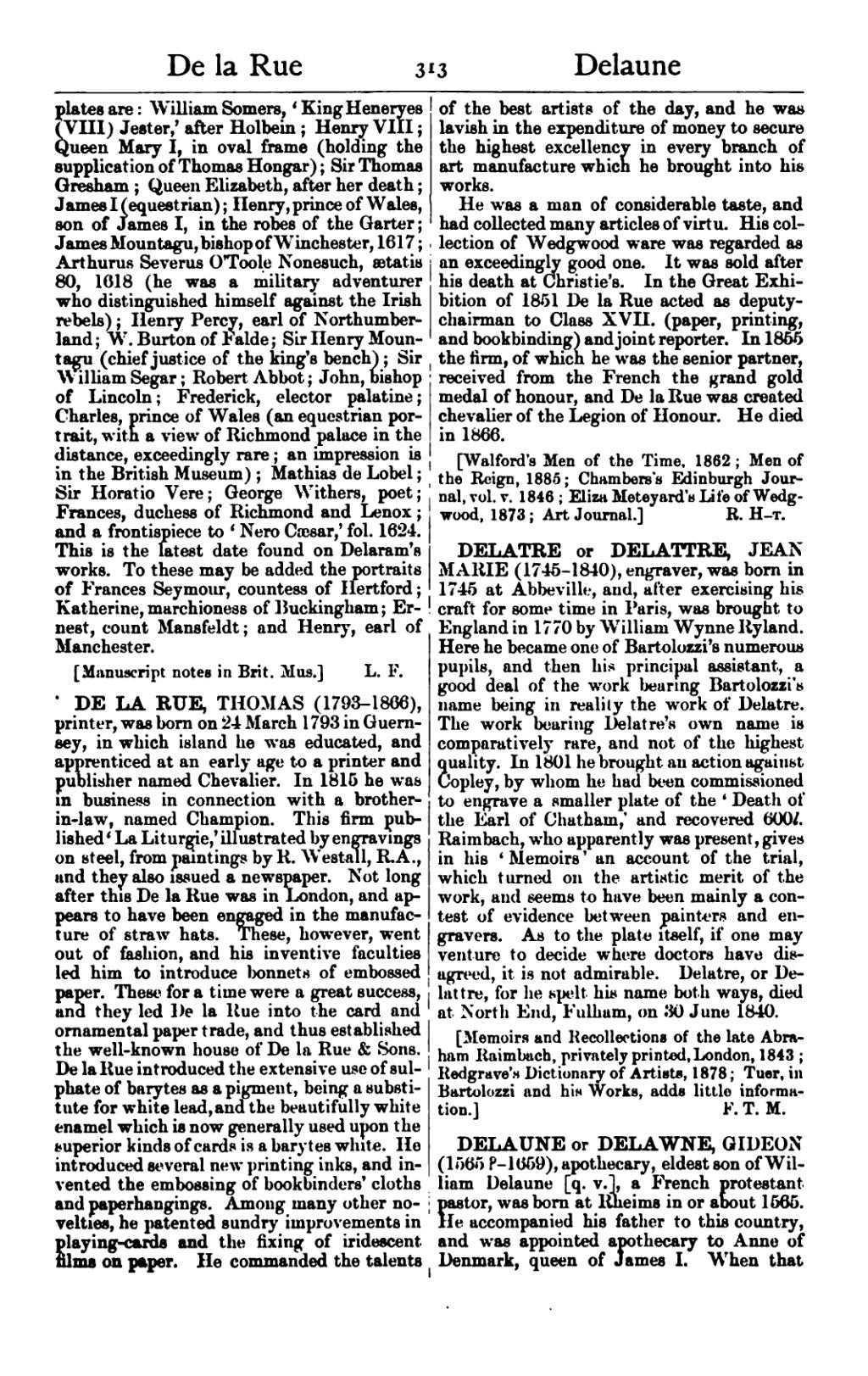plates are: William Somers, ‘King Heneryes (VIII) Jester,’ after Holbein; Henry VIII; Queen Mary I, in oval frame (holding the supplication of Thomas Hongar); Sir Thomas Gresham; Queen Elizabeth, after her death; James I (equestrian); Henry, prince of Wales, son of James I, in the robes of the Garter; James Mountagu, bishop of Winchester, 1617; Arthurus Severus O'Toole Nonesuch, ætatis 80, 1618 (he was a military adventurer who distinguished himself against the Irish rebels); Henry Percy, earl of Northumberland; W. Burton of Falde; Sir Henry Mountagu (chief justice of the king's bench); Sir William Segar; Robert Abbot; John, bishop of Lincoln; Frederick, elector palatine; Charles, prince of Wales (an equestrian portrait, with a view of Richmond palace in the distance, exceedingly rare; an impression is in the British Museum); Mathias de Lobel; Sir Horatio Vere; George Withers, poet; Frances, duchess of Richmond and Lenox; and a frontispiece to ‘Nero Cæsar,’ fol. 1624. This is the latest date found on Delaram's works. To these may be added the portraits of Frances Seymour, countess of Hertford; Katherine, marchioness of Buckingham; Ernest, count Mansfeldt; and Henry, earl of Manchester.
[Manuscript notes in Brit. Mus.]
DE LA RUE, THOMAS (1793–1866), printer, was born on 24 March 1793 in Guernsey, in which island he was educated, and apprenticed at an early age to a printer and publisher named Chevalier. In 1815 he was in business in connection with a brother-in-law, named Champion. This firm published ‘La Liturgie,’ illustrated by engravings on steel, from paintings by R. Westall, R.A., and they also issued a newspaper. Not long after this De la Rue was in London, and appears to have been engaged in the manufacture of straw hats. These, however, went out of fashion, and his inventive faculties led him to introduce bonnets of embossed paper. These for a time were a great success, and they led De la Rue into the card and ornamental paper trade, and thus established the well-known house of De la Rue & Sons. De la Rue introduced the extensive use of sulphate of barytes as a pigment, being a substitute for white lead, and the beautifully white enamel which is now generally used upon the superior kinds of cards is a barytes white. He introduced several new printing inks, and invented the embossing of bookbinders' cloths and paperhangings. Among many other novelties, he patented sundry improvements in playing-cards and the fixing of iridescent films on paper. He commanded the talents of the best artists of the day, and he was lavish in the expenditure of money to secure the highest excellency in every branch of art manufacture which he brought into his works.
He was a man of considerable taste, and had collected many articles of virtu. His collection of Wedgwood ware was regarded as an exceedingly good one. It was sold after his death at Christie's. In the Great Exhibition of 1851 De la Rue acted as deputy-chairman to Class XVII. (paper, printing, and bookbinding) and joint reporter. In 1855 the firm, of which he was the senior partner, received from the French the grand gold medal of honour, and De la Rue was created chevalier of the Legion of Honour. He died in 1866.
[Walford's Men of the Time, 1862; Men of the Reign, 1885; Chambers's Edinburgh Journal, vol. v. 1846; Eliza Meteyard's Life of Wedgwood, 1873; Art Journal.]
DELATRE or DELATTRE, JEAN MARIE (1745–1840), engraver, was born in 1745 at Abbeville, and, after exercising his craft for some time in Paris, was brought to England in 1770 by William Wynne Ryland. Here he became one of Bartolozzi's numerous pupils, and then his principal assistant, a good deal of the work bearing Bartolozzi's name being in reality the work of Delatre. The work bearing Delatre's own name is comparatively rare, and not of the highest quality. In 1801 he brought an action against Copley, by whom he had been commissioned to engrave a smaller plate of the ‘Death of the Earl of Chatham,’ and recovered 600l. Raimbach, who apparently was present, gives in his ‘Memoirs’ an account of the trial, which turned on the artistic merit of the work, and seems to have been mainly a contest of evidence between painters and engravers. As to the plate itself, if one may venture to decide where doctors have disagreed, it is not admirable. Delatre died at North End, Fulham, on 30 June 1840.
[Memoirs and Recollections of the late Abraham Raimbach, privately printed, London, 1843; Redgrave's Dictionary of Artists, 1878; Tuer, Bartolozzi and his Works.]
DELAUNE or DELAWNE, GIDEON (1565?–1659), apothecary, eldest son of William Delaune [q. v.], a French protestant pastor, was born at Rheims in or about 1565. He accompanied his father to this country, and was appointed apothecary to Anne of Denmark, queen of James I. When that
